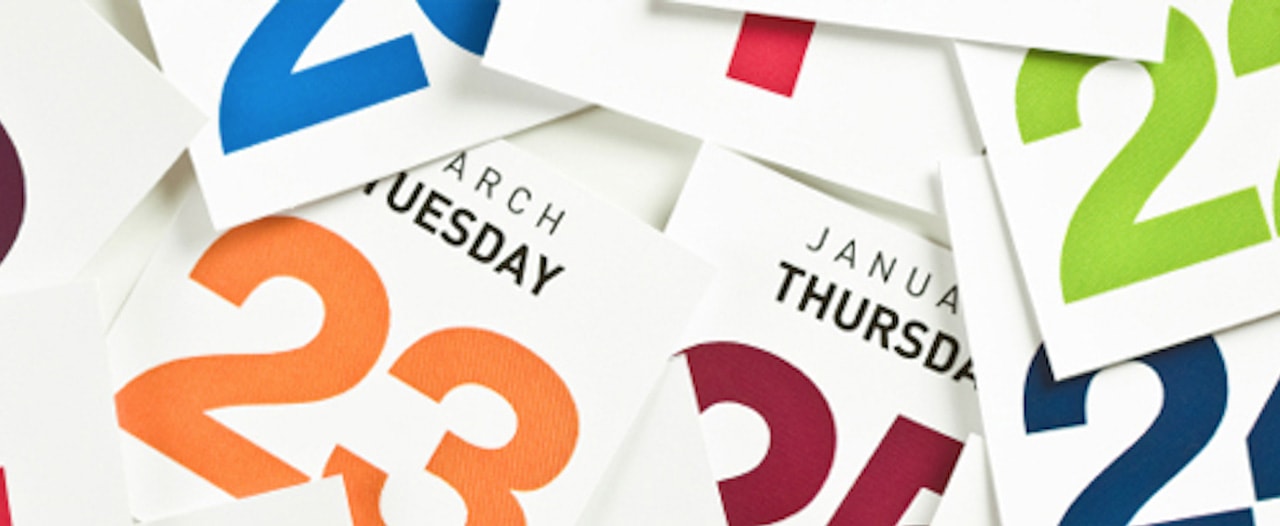Table of Contents

Low carb diets remain one of the most popular and effective diet plans. A low carb diet restricts carbohydrates (pasta, bread) and high in protein (fats, non-starchy vegetables.) The purpose of low carb and keto diets are usually for weight loss and improving one’s health.
While there are many variations of the low carb diet, the most common one limits carb intake to 50g per day. If you’re someone who typically drinks a lot of sugary drinks or eats fast food several times a week, a low carb diet involves a complete overhaul of your pantry.
Diets often fail because making a menu three times a day, prepping the food and cooking the meal can be overwhelming, especially for people busy with work or kids. Meal prep encourages dieters to have meal options at the ready to prevent a quick reach the nearest unhealthy food.
Meal prep is making a menu and placing food cooked ahead of time in portion-sized containers. The containers are then placed in the fridge for on-the-go access. Oftentimes, a week of meals is prepped at the start of the week, though the menu for the entire 30 days might be formed completely at the start of the month. This is a sample 30 day meal plan of the best foods to eat on a low carb diet.
Benefits of a low carb diet
The body needs carbohydrates for the fiber and nutrients they provide. However, too many carbs (starchy vegetables, whole grains, etc.) can make your body sluggish and add on extra pounds.
Carbs get a bad rep, but there are healthy carbs that make low carb diets easy if you know what to avoid. Greek yogurt, beans and nuts are fantastic sources of healthy carbs that help you maintain a low carb diet.
Aside from weight loss, low carb diets can also stabilize blood sugar, boost energy levels, lower blood pressure and reduce cholesterol, among other benefits.
How to start eating low carb
The first step in eating a low carb diet is to know which foods are healthy carbs and which foods should be restricted due to high-carbs.
Healthy carbs: Lean meats, fish, eggs, non-starchy vegetables, nuts and seeds, fruits and high-fat dairy.
Foods to avoid: Sugary drinks, processed foods, trans fats, wheat and starchy vegetables (potatoes, for example.)
If you find yourself having cravings or feeling sluggish between meals, you can eat a quick low carb snack for a boost, such as:
- Greek Yogurt
- A Handful of Almonds or Other Nuts
- String Cheese
- A Hard-Boiled Egg
- Fruit
A low carb diet requires more water intake than normal. The recommended 8 cups of water turn into 16 cups of water on a low carb diet. Carbs turn into water in the liver, but with lower carbs consumed, your body is more likely to become dehydrated.
If you feel hungry between meals, grab a snack instead of eating 4 or more meals per day. Eating lower carbs than normal actually suppresses the appetite, so you shouldn’t be as hungry as often.
30 day Low-Carb meal plan
Meal plans are the foundation of diets. Often when people are hungry, they grab the fastest or closest food, which is usually unhealthy. Meal plans take the “what do you want to eat?” debate out of the equation.
A set menu also give you more free time during the week when you don’t have to prep dinner because it’s waiting for you in the fridge or freezer.
With this 30-day low carb diet plan, the first two weeks are planned out. For the last two weeks, you can adjust the meals to your liking and plan accordingly. If you’re not getting enough carbs, add healthy nuts (almonds, walnuts) or a piece of fruit to your diet. Be careful about fruit – as healthy as it is, it contains a lot of natural sugars. As with any food, it’s best eaten in moderation.
Another good policy is to eat any leftovers from one meal the next day for lunch. This helps prevent overeating or stuffing yourself. If counting carbs to an exact number is important to you, experts recommend keeping carb consumption to 50g per day.
Week 1:
Monday
- Breakfast: Mushroom Omelette
- Lunch: Chicken Salad
- Dinner: Grilled Pork Chops and Corn
Tuesday
- Breakfast: Greek Yogurt with Strawberries
- Lunch: Cheese and Meat Plate
- Dinner: Salmon and Asparagus
Wednesday
- Breakfast: Banana smoothie
- Lunch: Beef Quesadilla and Cauliflower Rice
- Dinner: Sliced Lamb and Carrots
Thursday
- Breakfast: Blueberry Pancakes
- Lunch: Chopped Salad with Walnuts
- Dinner: Grilled Chicken Wings
Friday
- Breakfast: Omelette with Peppers and Onions
- Lunch: Leftover Chicken Wings
- Dinner: Spinach Au Gratin
Saturday
- Breakfast: Bacon and Eggs
- Lunch: Coconut Smoothie with Berries
- Dinner: Grilled Shrimp
Sunday
- Breakfast: Blueberry Muffins
- Lunch: Yogurt with Almonds and Walnuts
- Dinner: Hamburger Patties and Carrots
Week 2:
Monday
- Breakfast: Bacon and Egg Burrito
- Lunch: Shrimp Salad
- Dinner: Chicken Florentine
Tuesday
- Breakfast: Banana Pancakes
- Lunch: Fruit Smoothie
- Dinner: Grilled Haddock and Grilled Squash
Wednesday
- Breakfast: Zucchini Omelette
- Lunch: Taco Bowl
- Dinner: Steak and Carrots
Thursday
- Breakfast: Leftover Steak and Eggs
- Lunch: Chopped Salad with Avocado
- Dinner: Orange Chicken
Friday
- Breakfast: Oatmeal
- Lunch: Raspberry Smoothie
- Dinner: Pot Roast
Saturday
- Breakfast: Veggie Omelette
- Lunch: Bunless Cheeseburger and Almonds
- Dinner: Meatballs and Asparagus
Sunday
- Breakfast: Chocolate Chip Pancakes
- Lunch: Spaghetti Squash
- Dinner: Salsa Verde Chicken
Week 3:
Pick and choose meals from week 1.
Week 4:
Pick and choose meals from week 2.
low carb diets have been around for decades, but they are rising popularity again with more scientific evidence coming to light about healthy carbs and which foods are high in carbs and should be avoided.
A lot of people have difficulty sticking to a diet, but meal prepping and planning the menu weeks or months in advance can help keep you on track. Let go of the misconception that you should eat 3 to 6 meals daily. The best way to see results on a low carb diet is to only eat when you are hungry and snack wisely between meals.

